8. Nobody
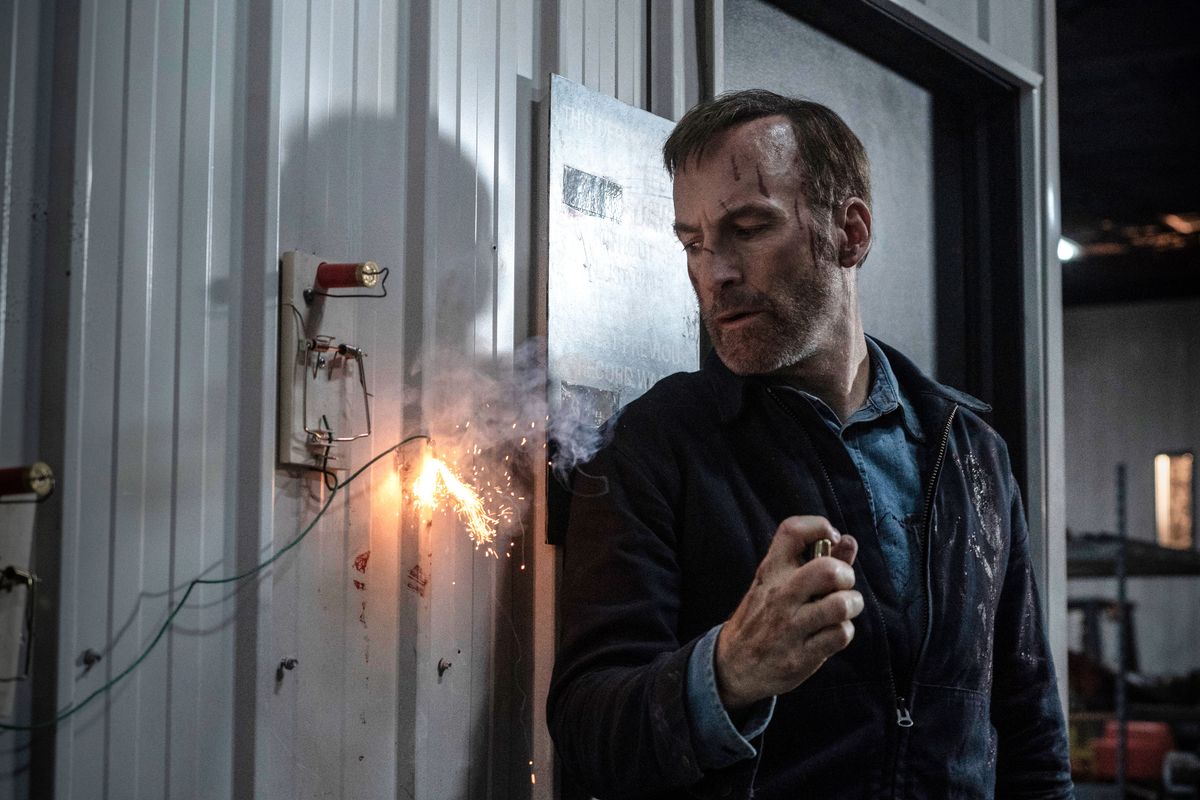
We’ve gotten plenty of John Wick clones since the series exceeded expectations years ago. The formula is pretty simple after all. Something bad happens to a seemingly harmless protagonist; then we learn about the protagonist’s action-fueled past. From there, chaos ensues. Becky, Polar, and The Foreigner have all tried to replicate the formula, but they didn’t make much of an impact.
That makes sense given the fact that the John Wick films are multifaceted beasts that succeed because of numerous factors. Well-choreographed action scenes certainly help, but there’s so much more to them. Every entry in the series is well-written, well-directed, and well-acted. They’re more than just entertaining ways to kill time. They’re technically proficient action flicks. That’s why people are drawn to them.
Unfortunately, marketing for Nobody seemed to paint it as another generic John Wick wannabe. It looked to have more comedic elements, but generally speaking, it appeared to be an uninspired ripoff of a better property. Opinions changed when it arrived in theaters.
In terms of the general set-up, Nobody is alarmingly similar to the Keanu Reeves series. It’s a revenge movie about a middle-aged man with a mysterious past. Once the protagonist loses something important to him, a flick switches and the bloodbath begins.
When you analyze tone and mood, the differences become more evident. Nobody almost feels like a parody of John Wick, and that’s for the best. It’s far sillier than its contemporaries. The protagonist wants revenge for something that appears rather minor; the big bad guys stole his daughter’s kitty cat bracelet. It all sounds so unimportant compared to other revenge movies, but that doesn’t make it any less violent.
It does, however, make it stand out. Nobody has fun with its premise. Considering all of the profound dramas on the list, this might feel like an outlier. That’s probably a good thing though. Times are tough, so maybe a ludicrous action flick is exactly what people need right now.
9. Saint Maud
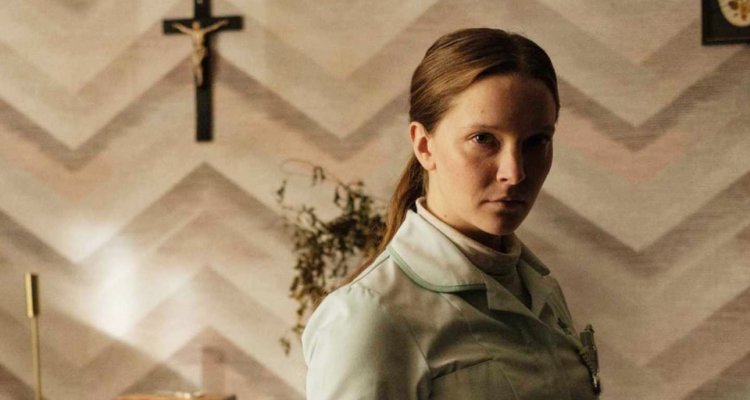
Rose Glass’s directorial debut is an unsettling psychological nightmare that explores controversial topics in exciting and innovative ways. Like most of the horror films in A24’s catalog, Saint Maud doesn’t want to make you scream or jump out of your seat; it wants to dig into your subconscious and leave a lasting impression. There’s a near-constant state of dread that lumes throughout the 84-minute runtime. It’s not going to work for everyone, especially people looking for quick thrills, but it clearly has an audience.
For the most part, if you like A24 horror, you will like Saint Maud. The studio has a particular style that works for them. In a lot of ways, they’re the antithesis of Blumhouse. They prioritize slow, melancholic build-up rather than rapid-fire jump scares. Saint Maud follows in the footsteps of films like Hereditary and The Witch by focusing on thought-provoking themes while it digs its way underneath your skin.
A lot of movies provide a couple hours of balls-to-the-walls entertainment before leaving your brain for good. Nobody is lying awake at night thinking about the Fast & Furious franchise. You see those movies to watch cars explode, and then you go home and continue to live your life.
Saint Maud, on the other hand, wants to stick with you. It wants to be the topic of discussion. That’s why it focuses on more complicated topics compared to other religious horror flicks. You won’t find many cheap thrills, but you’ll be rewarded in other ways.
10. Limbo
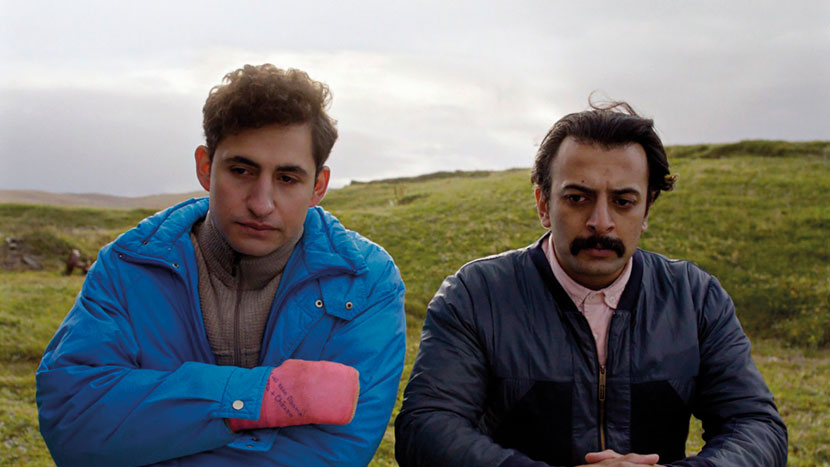
Ben Sharrock’s offbeat dramedy about a group of refugees picked up two BAFTA nominations following its release. The mostly unknown filmmaker impressed critics with his unique direction and deadpan screenplay. Comparisons have been made to Wes Anderson, but that’s not giving the man enough credit. With Limbo, Sharrock shows that he has a style that’s impossible to replicate.
This distinctive style does so much to propel a simplistic narrative. At its core, Limbo is just a movie about a few idiosyncratic refugees seeking asylum on a Scottish island. The story moves along slowly while the dialogue and style do most of the heavy-lifting. There aren’t any major plot twists or edge-of-your-seat thrills. Instead, you’ll find an assortment of quiet, contemplative moments that will elicit a range of different emotions.
The leisurely pacing is interrupted in the third act because of a rather drastic tonal shift. After an hour of dry comedy, things get darker. The weight of the numerous small conflicts begin to pile on, resulting in a finale that pushes the protagonist to his limits. While the change in tone can come off as jarring, it also tackles important issues that could have been ignored entirely.
The somber finale won’t gel for everybody. You could argue that it betrays the rest of the movie, but that’s oversimplifying things. Limbo has a story to tell. It has things to say about the refugee experience. A story like this can be gut-wrenching, but we can’t forget about the smaller, more intimate moments that show the humanity of the people who suffer.
11. Luca
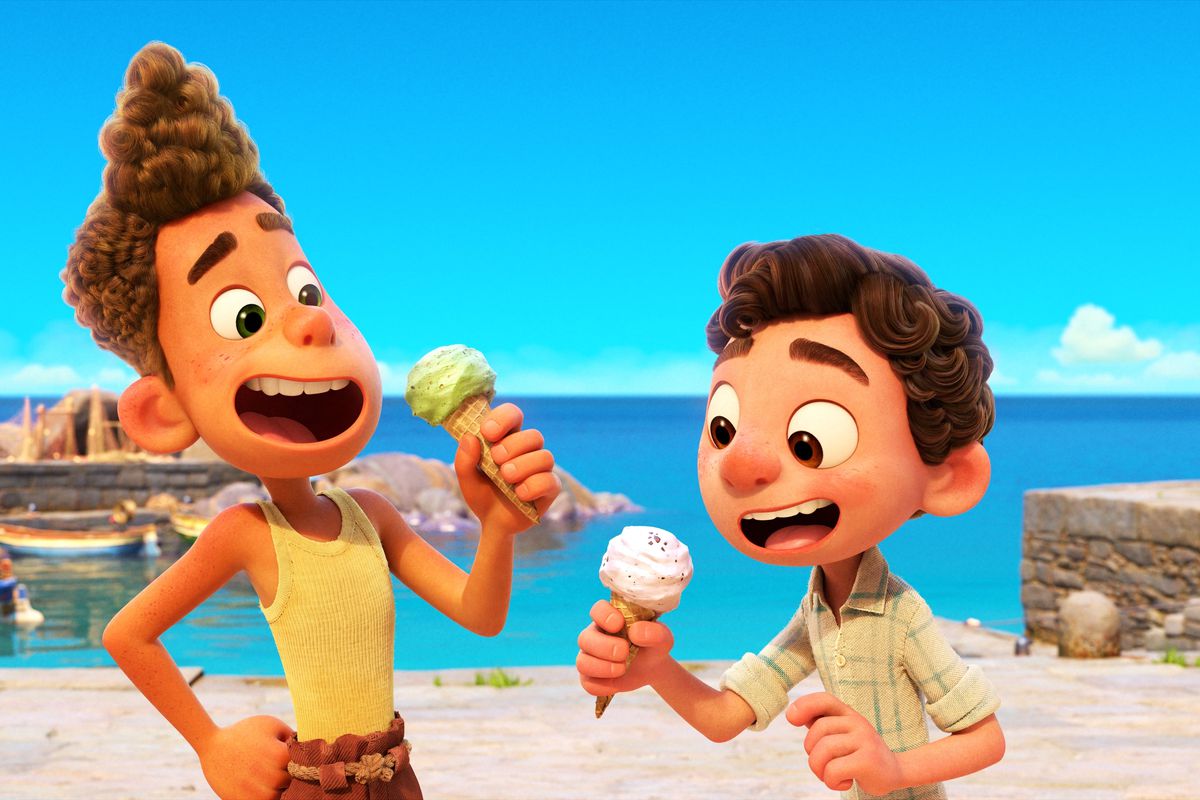
In Luca, there is a species of sea monsters in Italy that can assume human form when they leave water. This allows them to blend in with other humans, but that comes with risks. Though their disguise is pretty convincing, it fails when there is any exposure to water. This means that aggressive fishermen have the opportunity to see their true form at any given moment. This conflict makes up the bulk of the movie.
Pixar’s latest endeavor isn’t quite as groundbreaking as some of their best works, but it is an endlessly endearing children’s movie that benefits from timely themes. Beautiful animation helps push the already solid story forward, resulting in a feature that does pretty much everything right even if it doesn’t push boundaries.
12. Night of the Kings
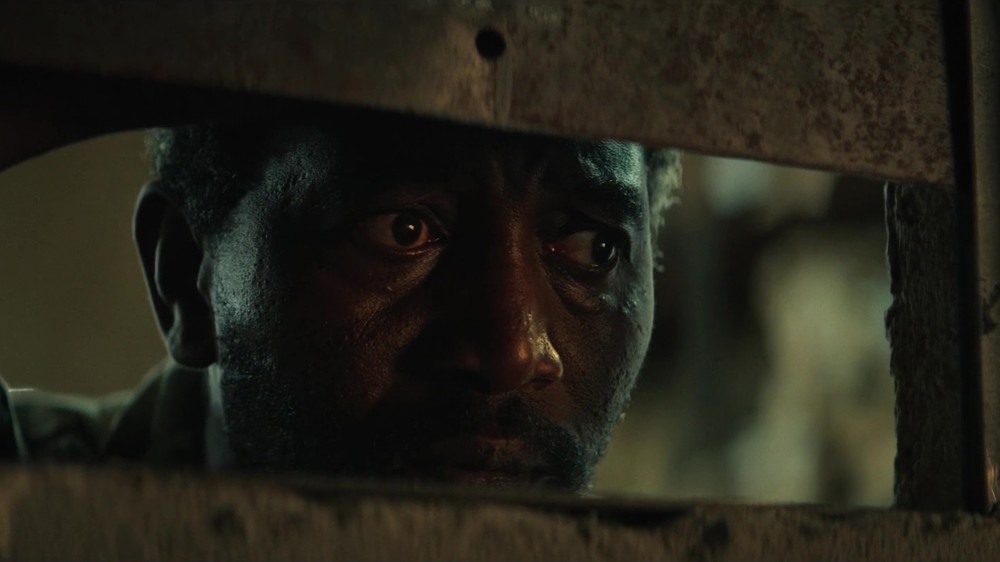
Ivory Coast’s MACA prison isn’t your average prison. It’s a fully governed society with its own set of rules and traditions. The inmates are given various roles which they are expected to take seriously. The ruler is known as the Dangôro, and he is expected to lead the inmates until he is too ill to govern. When he inevitably reaches his break point, he must take his own life.
All of this information is presented within the opening moments of Night of the Kings, and the exposition doesn’t stop there. After the initial exposition dump, we learn about our protagonist, who is given the role of Roman. Roman is tasked with telling a story in order to keep uncivil inmates distracted. This story-within-a-story turns out to be a key part of Night of the Kings.
If it hasn’t been made clear already, there’s a lot going on in Philippe Lacôte’s meticulously crafted fantasy world, but patient viewers will be rewarded. Even when the plot struggles to withstand the weight of its own ambitions, there is always something fascinating happening on screen. This ultimately means that the best viewing experience is one devoid of distractions.
Night of the Kings rarely hits the brakes, and for some people that will be its downfall. The 93-minute runtime can feel restrictive when you consider how much is jammed into such a small package. Luckily, the creative ideas far outweigh the scattered flaws.
13. About Endlessness
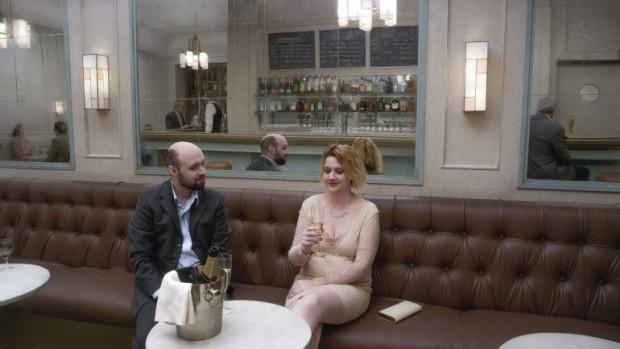
Roy Andersson isn’t the most accessible filmmaker. To the average viewer, he likely comes off as pretentious and obtuse. Previous endeavors have gone against the grain by ignoring mainstream storytelling techniques. About Endlessness is no different.
Andersson’s latest exploration of the human condition consists of various, mostly unrelated, vignettes. Linear storytelling is almost entirely absent. Instead, viewers will be treated to an assortment of scenes featuring various tones and ideas. To the uninitiated, it can seem like a hodgepodge of random scenes. To an extent, that’s exactly what it is. However, these scenes fit together thematically even if they appear chaotically thrown together.
The official synopsis summarizes it best: About Endlessness is described as a “reflection on human life in all its beauty and cruelty, its splendour and banality.” As disconnected as some scenes feel, they all make an effort to paint a picture that represents humankind. Andersson sought to teach us about the highs, lows, and in-betweens that we face on a daily basis. In that regard, he succeeded.
14. I Care A Lot
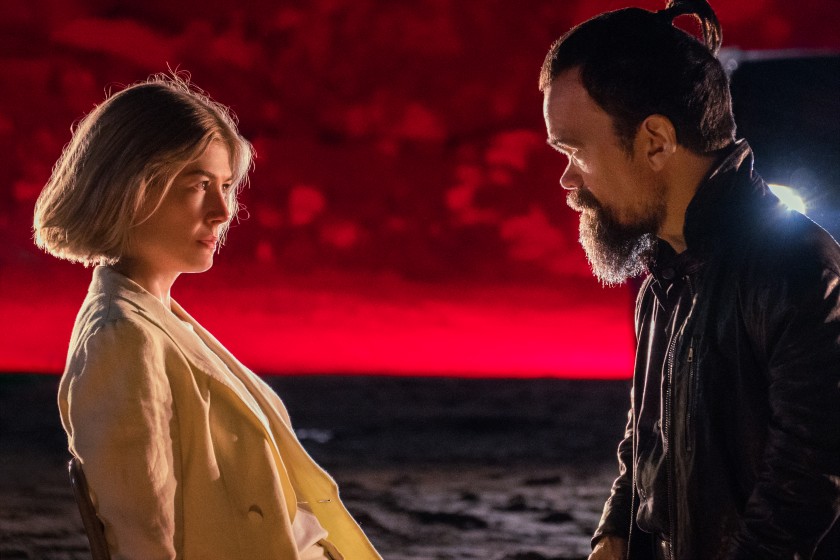
Marla Grayson is insufferable. She is an evil, manipulative sociopath that tears people down for her own self-gratification. With all of this in mind, you would assume she would be a repellent character, but Rosamund Pike prevents that from happening. Against all odds, the average viewer will be rooting for her to succeed in spite of her obvious malice.
I Care A Lot blurs the line between comedy and thriller effortlessly. This is largely because of Pike’s performance, but there are several other noteworthy aspects. As devilishly charming as Pike is, she still needed words to guide her.
J Blakeson’s screenplay gives her plenty of opportunities to captivate viewers. The darkly comedic dialogue pairs well with the pitch-black subject matter. If Gone Girl was a gritty domestic thriller, I Care A Lot is its messier anarchist counterpart.
Not everyone will be able to tolerate Pike’s nastiness, but generally speaking, she is more than alluring enough. Guided by a twist-filled plot, viewers should have more than enough reason to stick around. Just don’t expect to feel any butterflies in your stomach. This isn’t that type of movie.
15. In the Heights

Before Hamilton took over the world, Lin-Manuel Miranda was perhaps best known for In the Heights, a play about a Dominican neighborhood in Washington Heights. The Broadway rendition of the play earned him a Tony award for Best Musical, but it didn’t perform quite as well as its younger brother. This paved the way for a film adaptation that would hopefully reach a wider audience after the success of Hamilton.
The eventual film adaptation rightfully garnered rave reviews. Jon M. Chu uses the acclaimed source material to provide a bubbly burst of optimism that feels like a necessity when you look at the dour output of recent critically acclaimed films. Last year, the best reviewed movies tackled heavy topics like abortion, immigration, and disabilities. Considering the state of the world in 2020, this was probably appropriate, but a decent dose of cheery escapism goes a long way. In the Heights provides that.
It’s not like conflict has been omitted entirely. The unique characters are all burdened with problems. However, at the end of the day, this is a movie about unity and pride. It wears its heart on its sleeve throughout the lengthy runtime, and it’ll have you grinning like a fool when the credits roll.